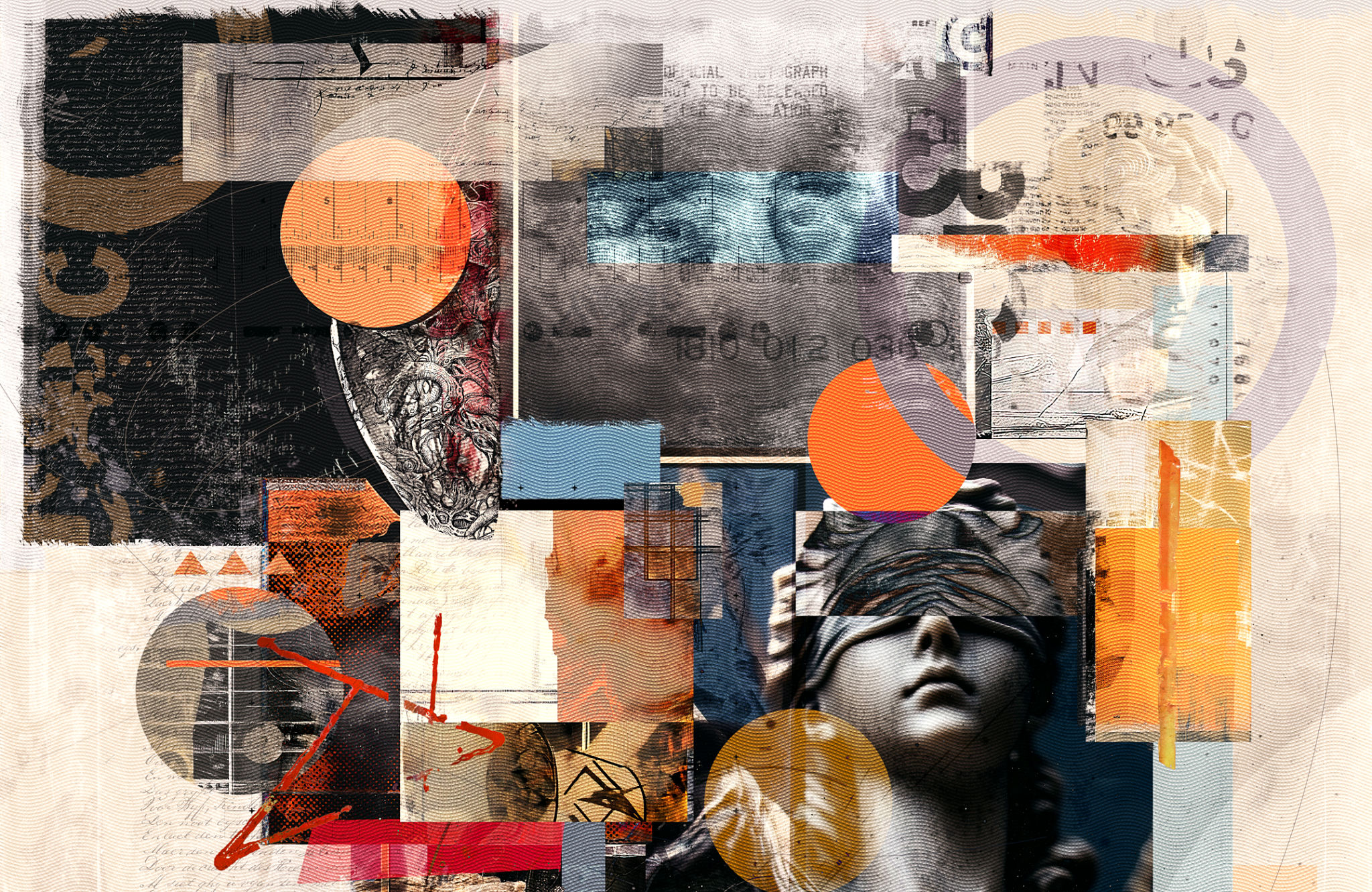The Evolution of Modern Art: Trends from the Past to Present
The Birth of Modern Art
Modern art emerged as a radical departure from traditional artistic styles in the late 19th and early 20th centuries. Artists began to experiment with new techniques and perspectives, breaking free from the constraints of realism. This period saw the birth of movements like Impressionism and Post-Impressionism, where artists like Claude Monet and Vincent van Gogh sought to capture the essence of their subjects through bold colors and dynamic brushwork.
The drive to innovate led to the exploration of abstraction, where form and color took precedence over representational accuracy. This marked the beginning of a transformative era in art, laying the groundwork for future movements that would continue to challenge conventional norms.

The Rise of Avant-Garde Movements
As the 20th century dawned, avant-garde movements such as Cubism, Futurism, and Expressionism gained prominence. Artists like Pablo Picasso and Georges Braque deconstructed objects into geometric forms, offering multiple perspectives within a single composition. Cubism's influence extended beyond painting, affecting sculpture, architecture, and even literature.
Futurism celebrated the dynamism of the modern world, emphasizing speed, technology, and industrial progress. Meanwhile, Expressionists like Edvard Munch and Wassily Kandinsky focused on conveying emotional experience rather than physical reality, using distorted forms and vivid colors to evoke deep psychological states.

The Impact of World Wars on Art
The two World Wars had a profound impact on the trajectory of modern art. In the aftermath of World War I, movements such as Dadaism and Surrealism emerged as responses to the chaos and disillusionment of the time. Dadaists embraced absurdity and irrationality, challenging the very definition of art itself.
Surrealists like Salvador Dalí and René Magritte delved into the unconscious mind, creating dreamlike imagery that defied logic. These movements reflected a world grappling with trauma and uncertainty, seeking new ways to make sense of an altered reality.

Post-War Innovations
Following World War II, the art world witnessed a shift towards abstraction with movements like Abstract Expressionism. Artists such as Jackson Pollock and Mark Rothko explored spontaneity and emotional intensity through bold, gestural brushstrokes and large fields of color.
This period also saw the rise of Pop Art, which celebrated popular culture and consumerism. Artists like Andy Warhol and Roy Lichtenstein blurred the lines between high art and mass media, using imagery from advertisements, comic strips, and everyday objects to critique contemporary society.

Contemporary Trends in Modern Art
In recent decades, modern art has continued to evolve, embracing new technologies and interdisciplinary approaches. Digital art, installation art, and performance art have become increasingly prominent, reflecting a world that is ever more connected and diverse.
Today, artists are addressing pressing social issues such as climate change, identity politics, and globalization. The use of multimedia and interactive elements allows for greater audience engagement, transforming viewers from passive observers into active participants.
The Future of Modern Art
As we look to the future, modern art remains a dynamic field that continues to push boundaries and inspire innovation. The integration of artificial intelligence, virtual reality, and other cutting-edge technologies promises to open new avenues for creative expression.
Artists are poised to explore themes that resonate with contemporary audiences while challenging them to think critically about the world around them. The evolution of modern art is far from over, promising a future rich with possibility and potential.
